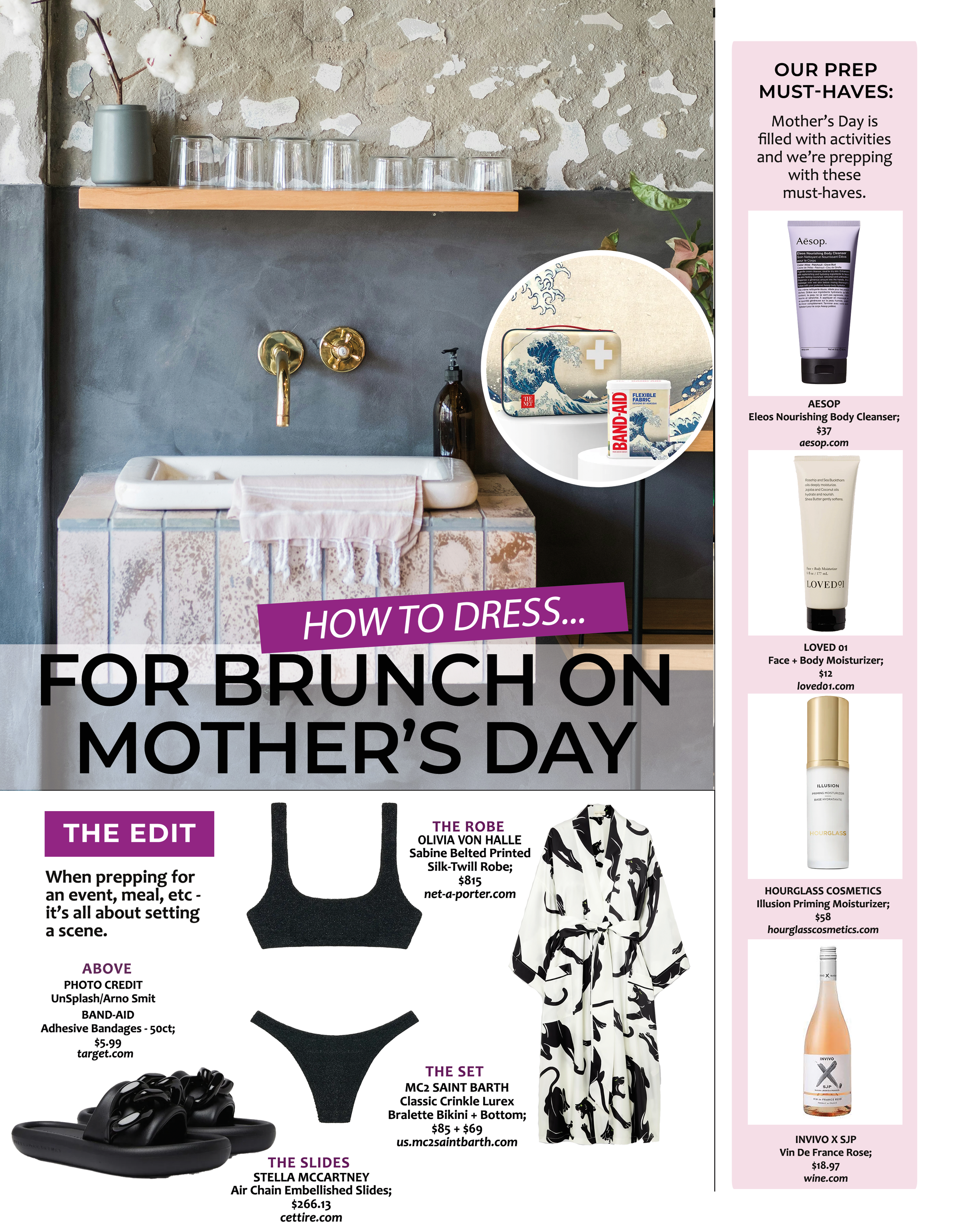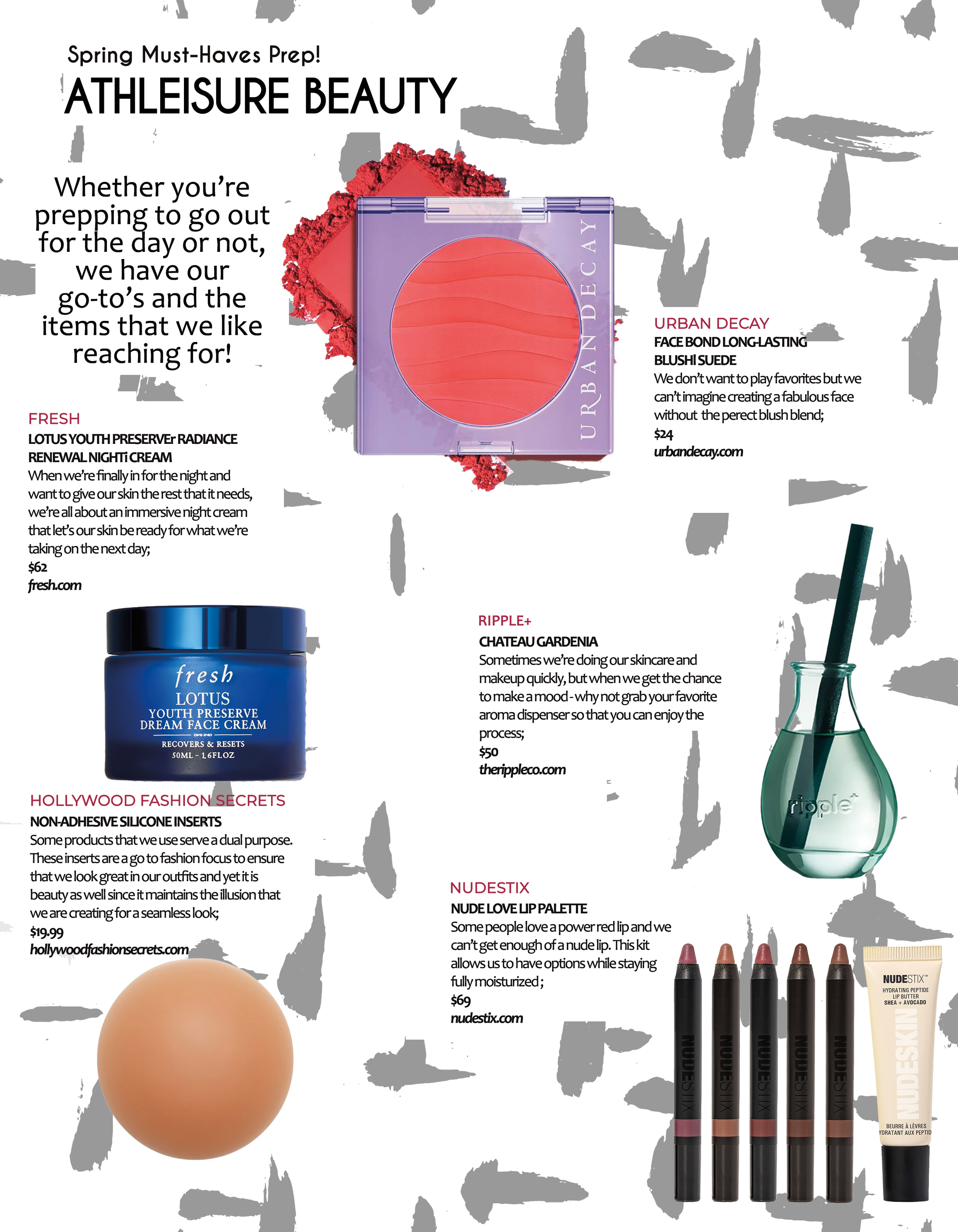The Baccarat Mindset: Chill Over Chaos
Unlike other casino games that thrive on sensory overload, baccarat is quiet. The rules are simple. The action is steady. And the stakes—while potentially high—don’t demand frantic decisions every 10 seconds.
This is why it resonates with people who prefer a calm, clear-headed gaming experience. You’re not scrambling to memorize card sequences or spinning a digital wheel every few seconds. Instead, you're placing a thoughtful bet and watching the outcome unfold with steady focus.
It’s essentially poker’s cooler cousin—the one who doesn’t talk too much, doesn’t show off, and always seems to know what’s going on.
Minimalism Meets Strategy
Minimalism isn’t just an interior design trend—it’s a mindset. It’s about cutting the clutter and focusing on what really matters. Online baccarat fits right into that lifestyle.
There are only three betting options: player, banker, or tie. That’s it.
You’re not juggling 10 side bets or clicking through endless options. The elegance lies in the restraint. And yet, within that simplicity lies an elegant web of probabilities, odds, and strategies—just enough complexity to keep things interesting without overwhelming you.
Think of it as the Marie Kondo of casino games: only essential decisions that spark joy (or maybe a payout).
The Art of Composure
One of the most underrated skills in baccarat? Not tilting.
While slots beg for impulsive clicks and poker rewards bluffing, baccarat invites you to breathe, observe, and trust the math. The house edge is low—especially on banker bets—so it pays to play slowly and steadily.
Staying calm gives you the edge. You're not trying to beat other players; you're aligning yourself with odds. It's less about dominating and more about syncing with probability.
If you’ve ever practiced yoga, you’ll appreciate this mindset: slow down, stay balanced, don’t force the win. It’s about rhythm, not rush.
Setting the Vibe: Your At-Home Baccarat Ritual
If you’re going to embrace baccarat as a form of mindful leisure, treat it like a ritual.
Here’s how to do it right:
● Set the mood: Light a candle, grab a drink, and turn off notifications. You’re not here to hustle—you’re here to vibe.
● Dress the part: Loungewear is the new tuxedo. Whether it’s a silk robe or a hoodie, wear something that feels good. Baccarat doesn’t care, and neither should you.
● Choose your spot: Couch, hammock, or balcony—wherever you feel most zen, that’s your casino floor.
● Stick to a budget: Decide your session cap before you start. Baccarat is about flow, not chasing losses.
● Take breaks: A good game doesn’t have to be a long one. Pause often, breathe deep, and come back when you feel ready.
A Quick Refresher: How the Game Actually Works
Baccarat is one of the easiest casino games to learn—and that’s part of the charm. Here’s a lightning-fast breakdown:
● You bet on one of three outcomes: player wins, banker wins, or a tie.
● Two hands are dealt: one to the "player" and one to the "banker." (These aren’t you vs. the house—it’s just the name of the two positions.)
● The goal? Get as close to a total of 9 as possible.
● Cards 2–9 are worth face value, aces are 1, and 10s and face cards are zero.
● If the hand total is over 9, only the second digit counts (so 14 becomes 4).
The real kicker? The house edge on banker bets is around 1.06%—making it one of the most player-friendly bets in online casinos.
Betting Strategies That Keep You Centered
You don’t need to be a math wizard to play baccarat well. But a little structure goes a long way. Here are three low-stress strategies that pair well with a calm mindset:
1. Flat Betting
You bet the same amount each round. No chasing, no doubling down. Just steady, predictable wagers that help you avoid emotional decision-making.
2. Banker Loyalty
Statistically, the banker bet has a slightly better chance of winning over time. Some players stick with it round after round, treating it like a long-term yoga practice: stay with the breath, stay with the banker.
3. Take the Win, Walk Away
It’s tempting to keep going after a win streak, but there’s wisdom in knowing when to leave. Decide on a win goal for your session. Hit it? Power down and reward yourself with something offline—like a walk, a snack, or a solid nap.
Avoiding the Tilt: How to Stay Chill When the Cards Don’t Go Your Way
Even in the most serene games, losing happens. The key is not letting it mess with your energy.
Here’s what calm baccarat players do:
● Pause before every new round. Take a sip of tea, adjust your posture, and reset your focus.
● Detach from the outcome. Baccarat isn’t a paycheck. It’s a leisure activity.
● Recognize streak traps. Winning streak? Cool. Losing streak? Happens. Don’t let either one dictate your next move.
● Set a timer. Even chill games can lead to time warps. Set boundaries for how long you’ll play.
Remember, the goal isn’t just to win—it’s to enjoy the process without getting caught up in the noise.
Baccarat and the Rise of Digital Mindful Gaming
There’s a growing movement of players who treat online gaming the way others treat a Sunday ritual—intentional, mood-based, and screen-time aware.
Online baccarat sits perfectly in this space. You don’t need to be loud or aggressive to enjoy it. You don’t need endless hours, either. A quick 15-minute session can feel as refreshing as a mid-day stretch.
Sites like lsm99online recognize this shift. They offer clean layouts, distraction-free tables, and seamless mobile play that fits right into a minimalist lifestyle.




































